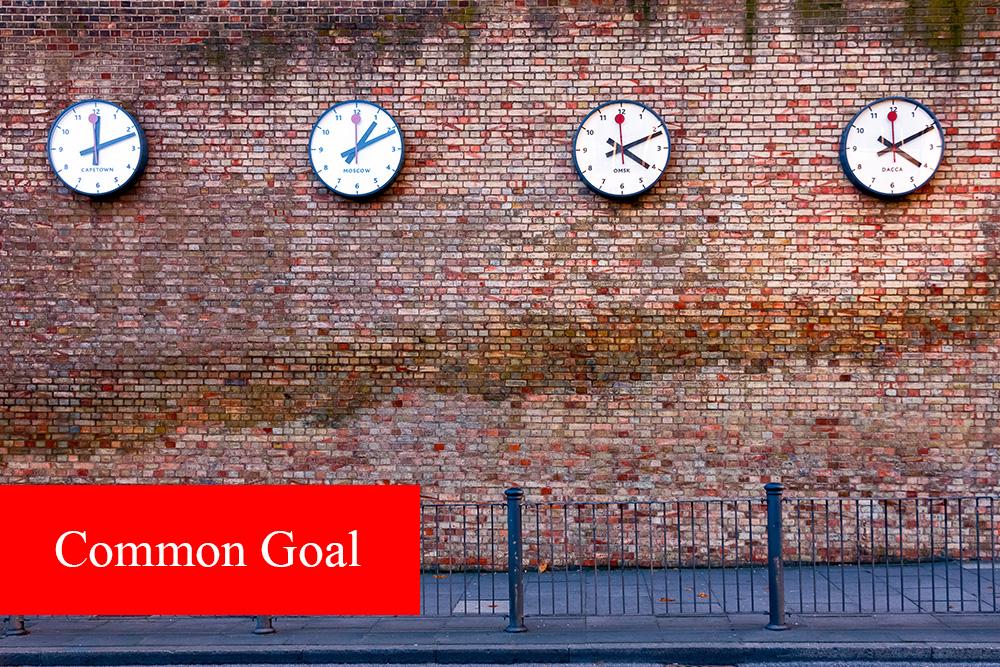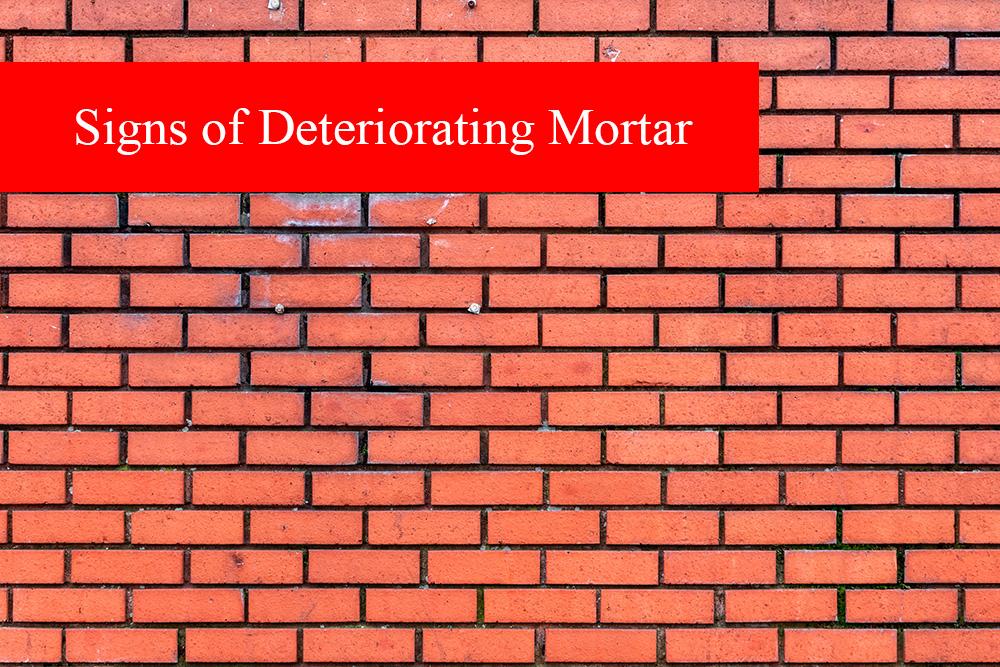Brick and stone masonry are two of the most solid construction methods known to man and can stand for decades with little to no maintenance for hundreds of years with regular care. However, the mortar joints that hold the masonry units, meaning the bricks and stones, together will often begin to degrade after 20 years without regular maintenance. Once it begins to deteriorate, the only solution is to renew the mortar.
Mortar joints must be repaired at the first signs of degeneration to prolong the structure’s life and maintain the building’s structural integrity. Typically, the first sign of deterioration is the crumbling of the mortar between the masonry units. Once this happens, the mortar must be renewed with a process of repointing or tuckpointing. While the two terms are often used interchangeably, and the processes are similar, repointing and tuckpointing brick and stone are not the same.
This seemingly innocent misconception has created a lot of confusion among commercial building owners and in the masonry industry at large. Even though repointing and tuckpointing both involve adding new mortar to the existing joints of a masonry structure and have similar purposes, the two methods also have significant differences.
Common Goal

While brick and stone are long-lasting by nature, the structure’s durability depends solely on the mortar. Deteriorated mortar will allow moisture to seep in and diminish the integrity and strength of the structure. Both commercial tuckpointing and repointing often serve a similar purpose, to repair old decaying or damaged mortar with a fresh mixture. However, tuckpointing can also serve a different purpose purely for aesthetics.
Why Mortar Breaks Down
While mortar can last for decades, if it has not been properly maintained, it will suffer from the effects of wind, rain, UV rays, and freezing temperatures. These environmental influences, individually or collectively, will cause mortar to break down. Mortar is very porous and will readily absorb moisture from wind-driven rain or snow and even high humidity. Once moisture is inside the mortar, it will expand as it turns to ice in freezing temperatures and cause the mortar to crack and crumble. Additionally, lime-based mortars used in older buildings built before 1920 can actually deteriorate to the point where only sand remains, and there are no adhesion properties left in the mortar. This is a hazardous situation as bricks can begin falling off the structure and cause property damage, personal injury, and even death if someone was to be struck by a falling brick or stone.
Signs of Deteriorating Mortar

Deteriorating mortar may not always be readily apparent. An easy test is to take a blunt metal object like a screwdriver or putty knife and try to scratch a line on the mortar. The mortar is fine if it just leaves a light mark. However, if it flakes off or crumbles, the mortar needs attention. Here are some of the more obvious signs of deteriorating mortar:
- Mortar erosion of 6mm or more.
- Missing pieces in mortar joints.
- Hairline cracks in the mortar.
- Separation between the masonry unit and the mortar.
Note that tuckpointing brick and masonry repointing are labor-intensive procedures and may not be indicated if mortar damage is too severe, as these processes may not resolve the issue.
Repointing
Once the mortar becomes compromised, it must be repaired to prevent further damage to the mortar itself and the surrounding bricks or stones. Repointing is the process of renewing the mortar joints. It involves filling in cracked or crumbled areas of the joints with a fresh mixture to prevent water infiltration and provide support for the structure. However, repointing is only effective when the damage is limited. Repointing should be considered maintenance or a “touch-up” procedure. If bricks are loose or appear damaged, the damage is too extensive for repointing. This is why it is absolutely critical to act at the first indication of mortar damage. Otherwise, the problem will grow until the entire structure requires rehabilitation.
Tuckpointing
Tuckpointing brick is a similar process to repointing. However, its purpose may not always be done for damage control. The method of tuckpointing was invented in England during the 18th century and was designed to imitate the appearance of rubbed brick found on more expensive buildings. The critical distinction from repointing is that tuckpointing, by definition, uses two different colored materials to create an illusion in the mortar joints. First, a fresh mortar is mixed to match the existing brickwork to blend in with the brick to create a seamless appearance. The second color, typically putty, is applied down the middle of the mortar joint. Sandwiching the two colors creates the appearance of a very thin mortar joint that is typically found in older and historic buildings.
Costs: Repointing vs. Tuckpointing

Several factors will determine the cost of commercial tuckpointing and repointing. These include the number of materials, labor, equipment needed, and geographic location. The materials required for repointing and tuckpointing are relatively low in cost, with tuckpointing running a little higher due to the need for additional materials. The vast majority of the expenses for both procedures are for labor. The cost of equipment, such as lifts and setting up scaffolding, the skill of the masons, and how large the building is all affect the cost. However, the major factor in determining the cost to have the building pointed is not based on the square footage but on the access to the work area. The main variable in calculating labor costs is the height of the building, as the taller building, the more scaffolding it will require to reach the work area.
It must also be noted that the mortar used for repair must be of the same strength, or slightly weaker, than the original mortar. While it may seem counterintuitive, if the new mortar is too strong, it can actually cause instability of the masonry structure, potentially damaging it further. Using a mortar that is too strong can result in the surrounding mortar or masonry unit being damaged during freezing. This is because the new and stronger mortar will not have as much flexibility, and the adjacent material can be damaged during expansion in freezing temperatures. It is also important to note that matching the color of the new mortar to the old for commercial tuckpointing takes a good deal of experience.
The sole goal of repointing is to repair damaged mortar joints, while tuckpointing can be to repair damaged mortar and/or create a more aesthetically pleasing joint. However, irrelevant to the repair method, the mortar must be properly mixed and applied in order for it to keep water out and provide an adequate amount of structural support. This is why commercial building owners and property managers should hire a professional masonry company specializing in restoration, especially for historic buildings. Epic Masonry Restoration has years of experience in executing restorations on commercial and historic buildings and performing masonry stone repair, repointing, and tuckpointing in St. Paul and the Minneapolis metro area. Contact Epic today for a no-cost or obligation consultation. Visit them online at epicmasonryrestoration.com or call 612-662-7420.

